Literally Whitegoods on Wheels - 1963-65 Lightburn Zeta #Blogpost
The arrival of the Mini in 1959 decimated Australia’s microcar industry. For AU£725 you could now get a proper car with a steel body and an 850cc four-cylinder engine. To put that into perspective, a fibreglass, doorless, Goggomobil Dart cost £685.

The arrival of the Mini in 1959 decimated Australia’s microcar industry. For AU£725 you could now get a proper car with a steel body and an 850cc four-cylinder engine. To put that into perspective, a fibreglass, doorless, Goggomobil Dart cost £685. Goggomobil was the only microcar manufacturer in Australia to turn a profit in the 1950s, but even they couldn’t survive the Mini.
Despite this, for reasons known only to themselves, whitegoods, fibreglass boat and cement mixer manufacturer Lightburn tried to make their own microcar in the early 1960s. The Zeta was to be a cheap and simple car marketed as a second family car.
To keep the price down, Lightburn made the Zeta as simple as possible. On top of a steel chassis sat a fibreglass two door wagon that for some reason had no tailgate. Instead, the passenger door swung open 180 degrees. The doors were steel and all windows except the windscreen were perspex. Lightburn tried to claim this was the better arrangement. Print advertising showed two men loading a large box through the passenger door. The Zeta was also offered as a ute.
Power came from a 324cc Villiers two-cylinder engine producing just 16hp. This was fed to the front wheels through a four-speed motorcycle gearbox and chain. Wheels magazine said in 1963 “its performance is virtually nil”. It also suffered severe noise, vibration and harshness and handling was nothing special. Dealers would refuse to take whole families on test drives for fear the Zeta wouldn’t cope with the weight.
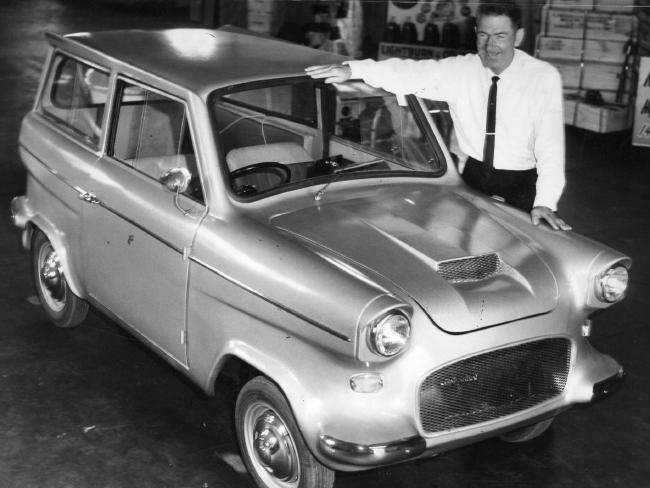
Being a motorcycle gearbox, it had no reverse. In order to reverse, the engine had to be turned off and an “Electramatic” system that cranked the engine in reverse direction. This gave the Zeta four reverse gears. There was also no fuel pump. The Lightburn Zeta relied on a gravity feed instead. The tank was located behind the dashboard. There was no proper fuel gauge either. A bypass in the gravity feed directed fuel to a clear tube in the dash that indicated how much fuel you had, assuming you were on level ground. If you weren’t, the reading was so inaccurate that it only told you that you had an unspecified amount of petrol left. As Wheels magazine put it, “it read anywhere from full to empty depending on gradient, throttle and probably Greenwich Mean Time”.
All this simplicity brought the price down to just £595. It was the cheapest new car in Australia. For comparison, a Fiat 500 was £639, a Toyota 700 Publica £711 and a Morris Mini Van £725. Company president Harold Lightburn that the Zeta was designed “not only for Australian sales, but for an intensive drive on export markets”. The Zeta didn’t stand a chance in Australia or in export markets. Maybe if it were released prior to the Mini, people might have taken Lightburn seriously.
Lightburn made some fairly bold, and not all that impressive or necessarily accurate claims about the Zeta. One such claim was that the Zeta’s interior space was greater that the boot space of the largest cars. At a glance this sounds impressive, but the fact that the Zeta’s entire interior was bigger than a Falcon wagon’s boot. That should be stating the obvious. They also tried to claim that the removable seats were a virtue, rather than a necessity caused by the lack of a tailgate.
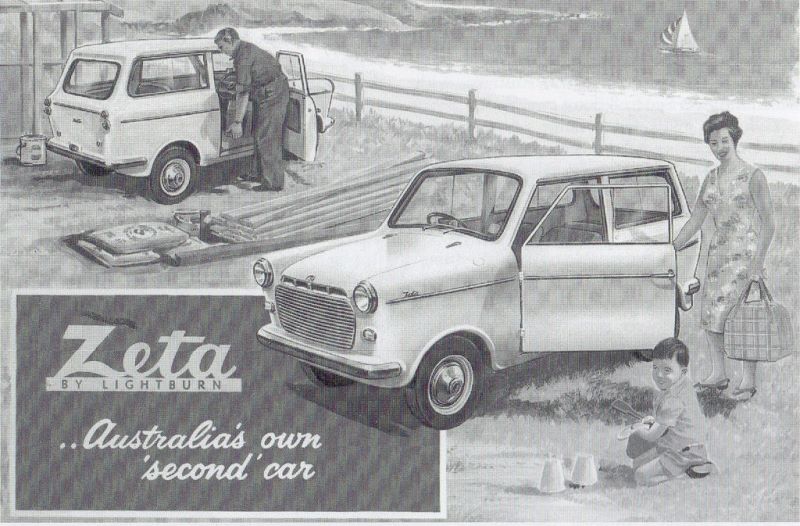
In order to demonstrate the Zeta’s reliability, Lightburn entered three of them in the 1964 Redex Round Australia Trial. It was the cheapest and least powerful car ever to contest such an event anywhere in the world. To its credit, the Zeta was one of only 12 cars to finish without any damage. To its discredit, only one finished and it finished last.
Lightburn followed up the Zeta with the Zeta Sports in 1964. The sports was based on the Henry Meadows Sprint version of the Frisky microcar. Designed by Gordon Bedson and Keith Peckmore, Lightburn claimed it was designed by Michelotti. This doorless, roofless, poor imitation of a Goggomobil Dart featured a larger ZF Sachs 498cc four-cylinder with a whopping 21hp. Unlike the Zeta, the Zeta Sports did have a reverse gear. Lightburn’s optimistic or outright lying marketing team tried their hardest with the Zeta Sports, endowing it with adjectives it didn’t deserve. “Thumping acceleration” and “Train-like cornering” were promises the Zeta Sports couldn’t hope to live up to. The standing quarter mile took a leisurely 20.2 seconds. This was the same as the contemporary EH Holden, but the Holden didn’t claim to offer thumping acceleration.
The Sports had an unusual appearance. The headlights, which also doubled as a front bumper, were too low for New South Wales standards at the time. Lightburn responded in the same way MG and Fiat with similar US legislation. They lifted it. But even lifted as high as it would go, they still weren’t high enough. A second set of lights, referred to as “Sports Lights” were fitted on top of the standard headlights.
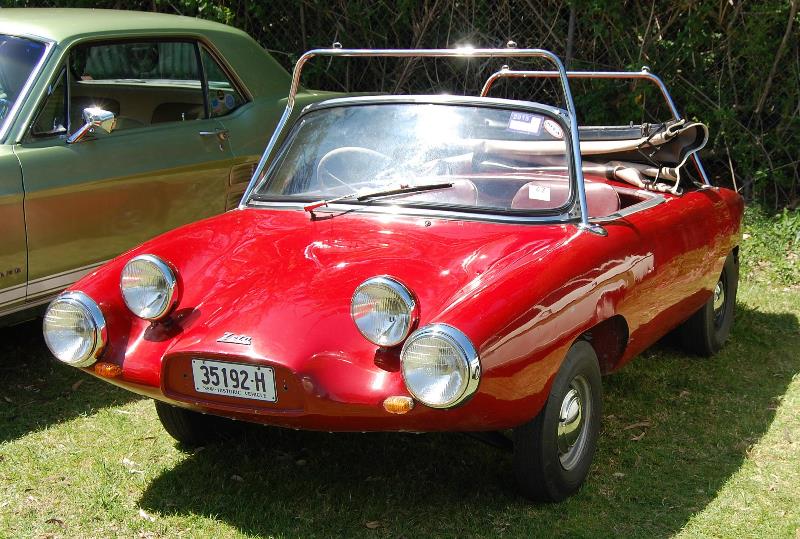
Lightburn refused to lend a Zeta Sports to the media, so there are no period reviews to suggest what it might have been like to drive. It’s safe to assume it wasn’t good.
To sum up, £595 bought you a fibreglass two door wagon with no tailgate, no reverse gear, no fuel pump and no fuel gauge. The Zeta didn’t even stack up against similarly priced used cars. To buy one you had to be brave, foolish, or desperate for a new car. 335 Zeta sedans, 8 utes and 50 Zeta Sports were sold between 1963 and 1965. Most people, quite sensibly, opted for a used car or stretched to a Mini. Where the Zeta burnt out in just two years, roughly 200,000 Minis were built in Sydney between 1961 and 1978.
While not the worst car ever made (cheap is a good thing after all), the Zeta is certainly up there. It wasn’t that much cheaper than a Mini, its launch was dreadfully timed and was mechanically reminiscent of something 30 years older. Lightburn should have stuck to washing machines.
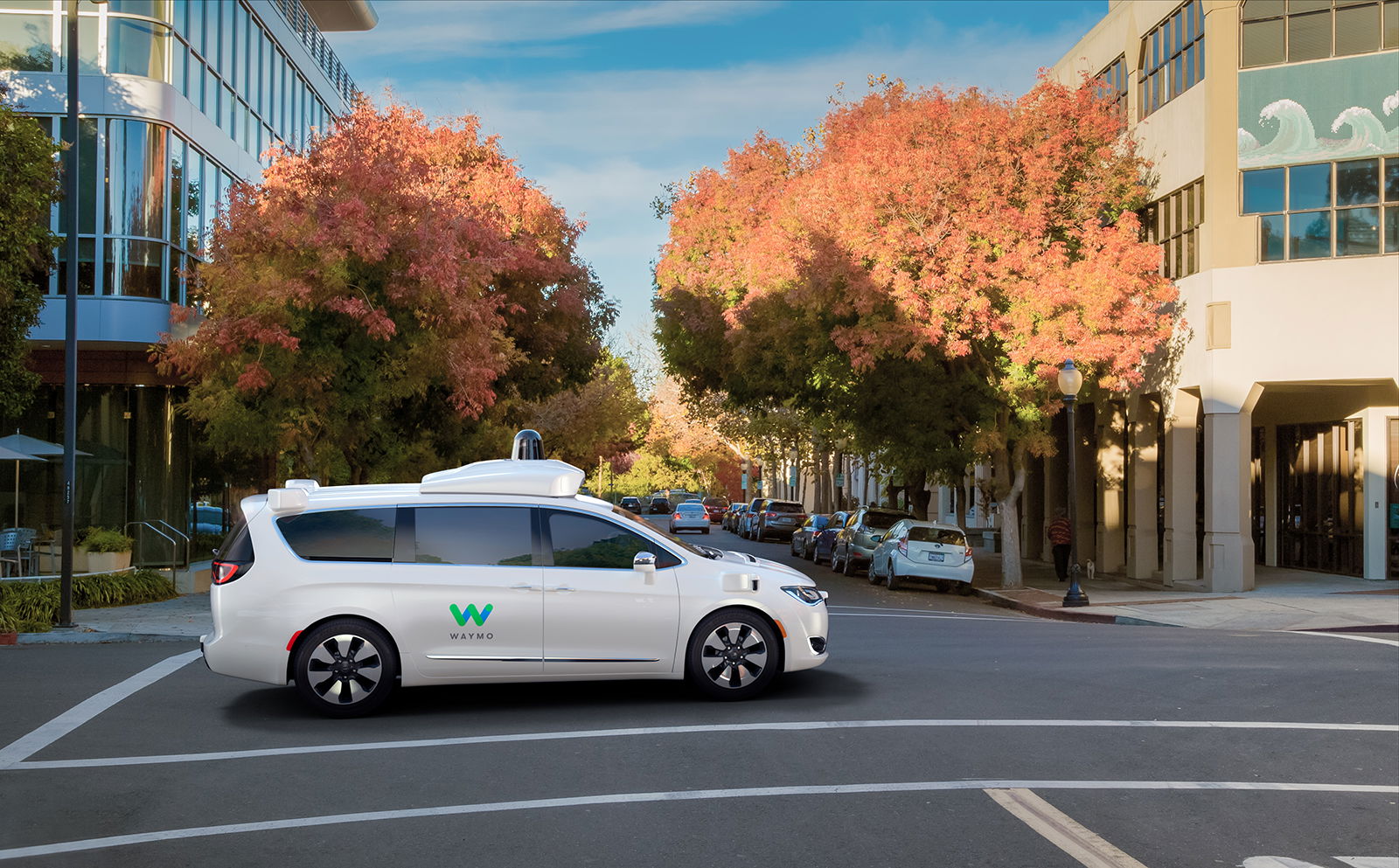
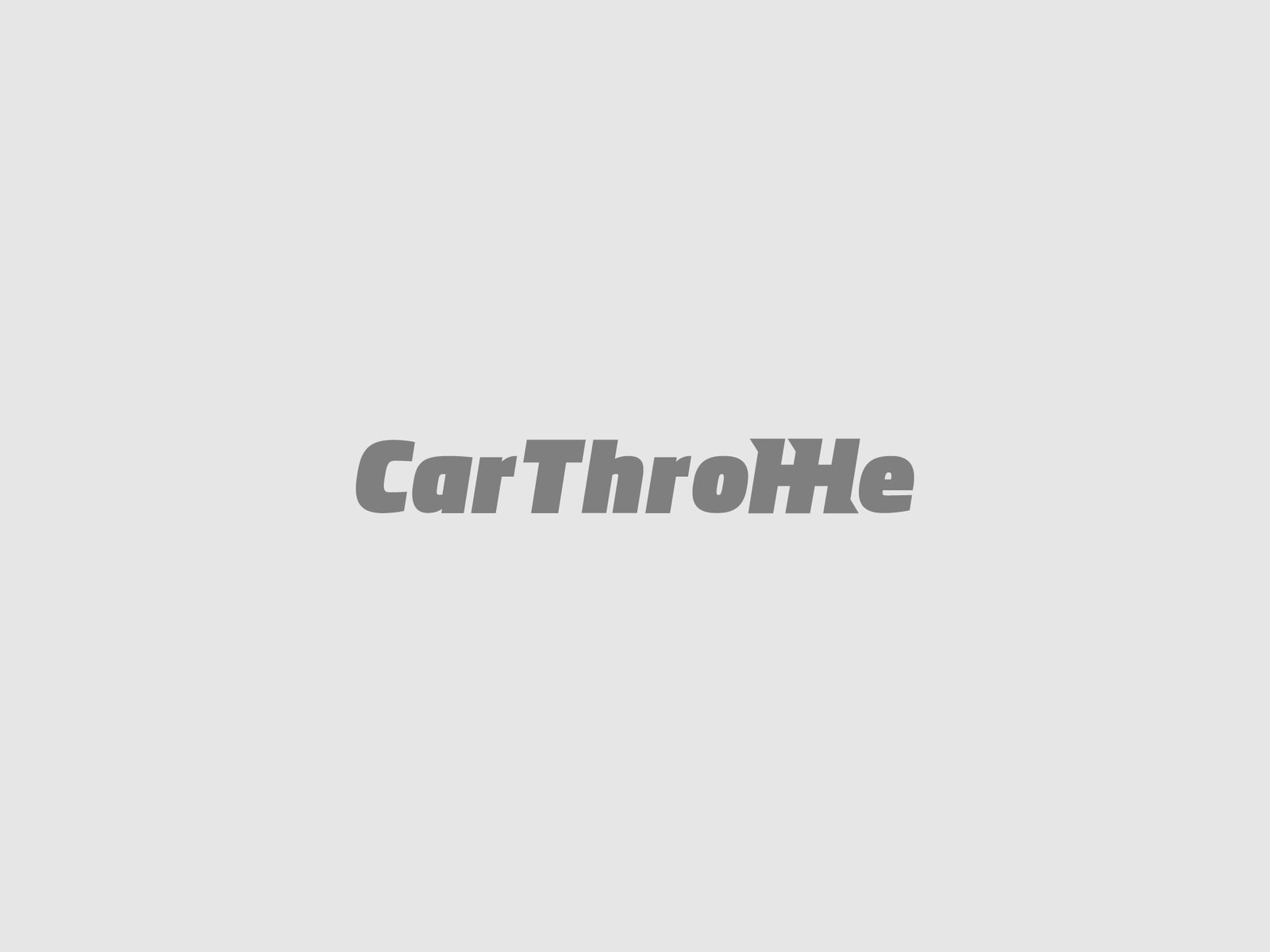
Comments
What did a fibreglass Goggomobil Dart cost? I’m dying to find out!
Cool car
ever heard of a goggomobil with a 900nm radial aircraft engine? Yes it does exist
Very interesting, I didn’t know about that car, but I know the American equivalent, which was the brand Crosley (the same which made -and still makes- radios, turntables and all that stuff).
How much time did you put in writing?